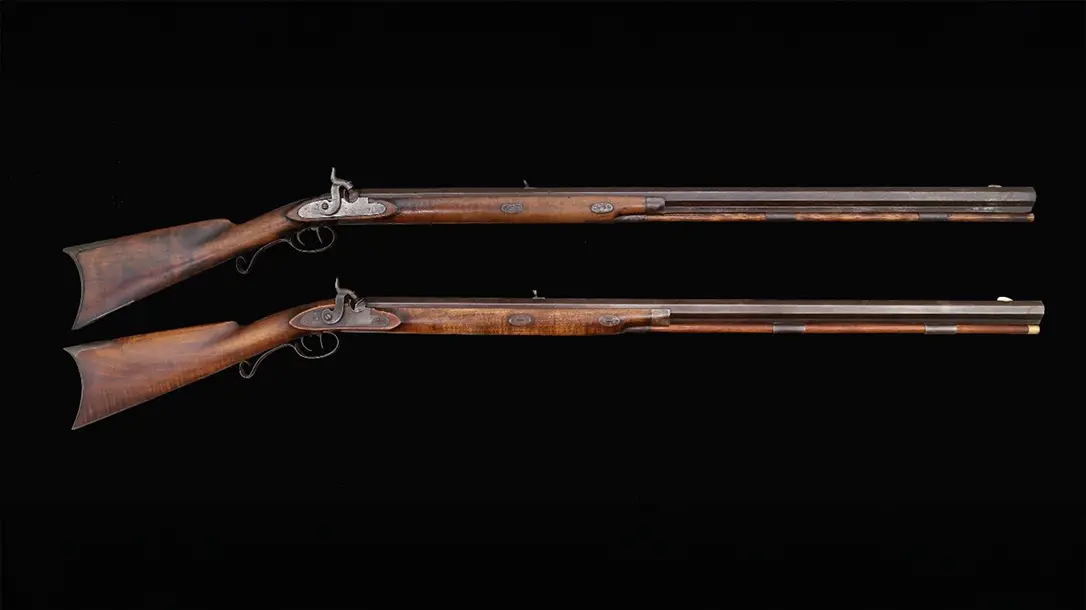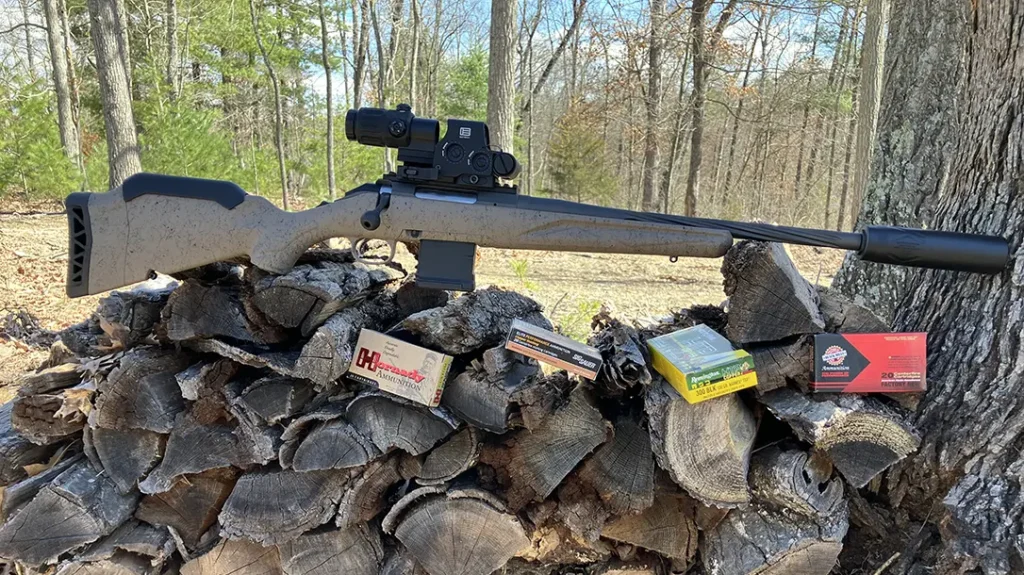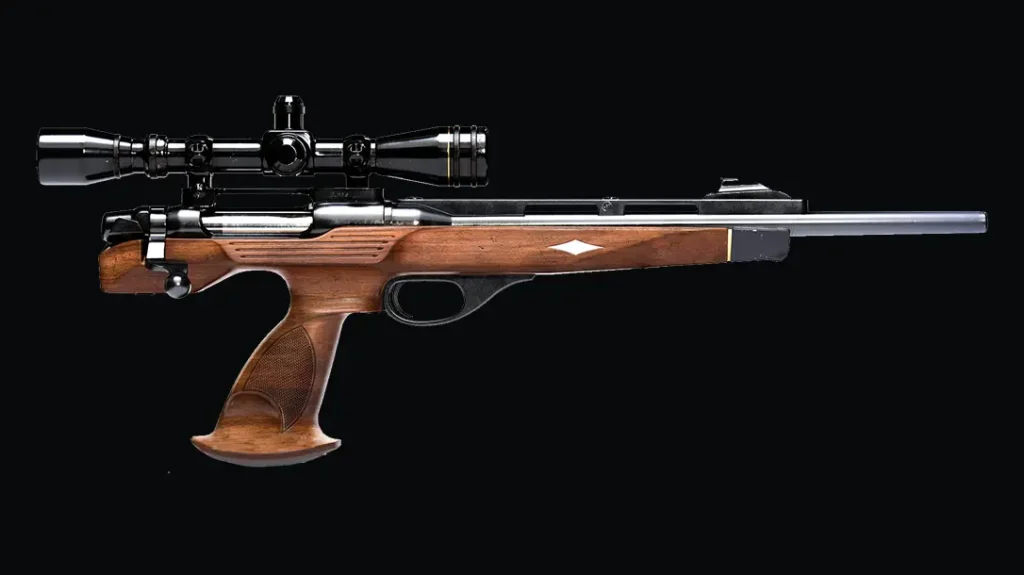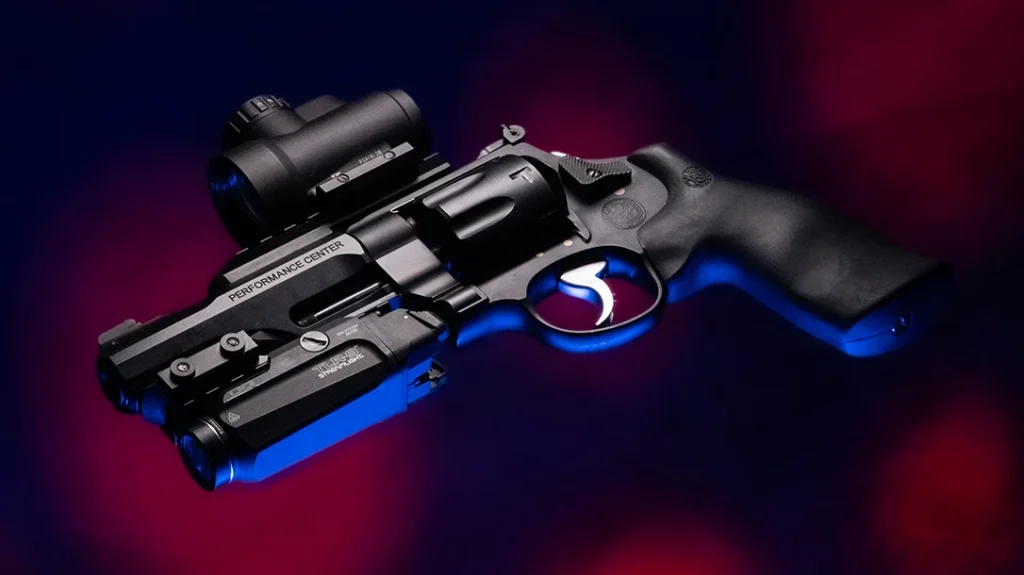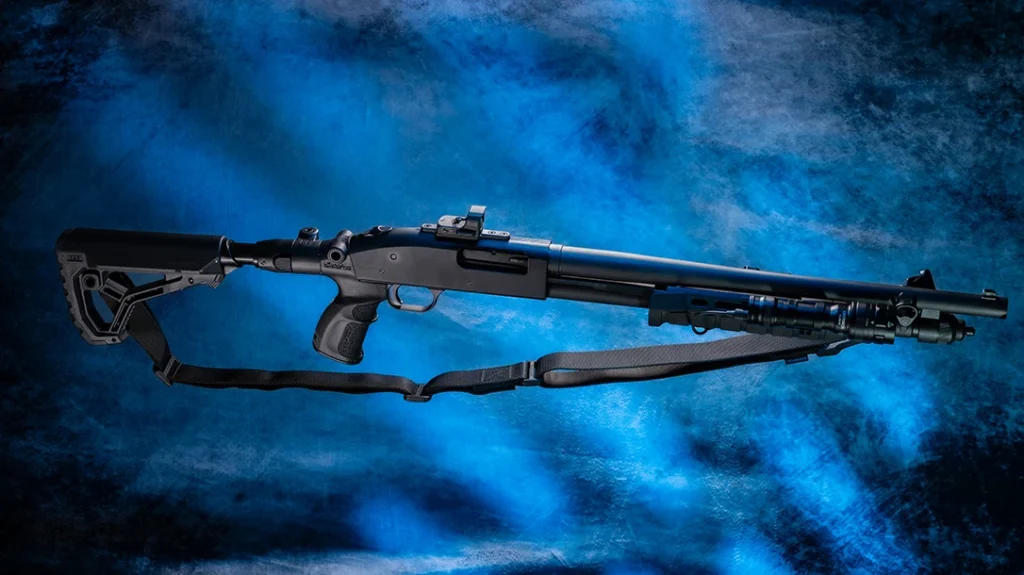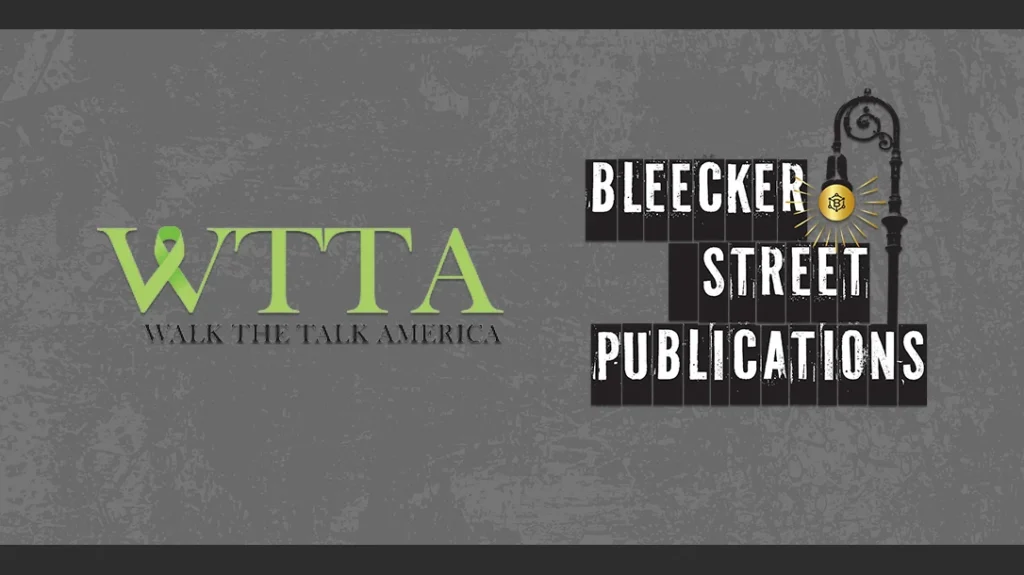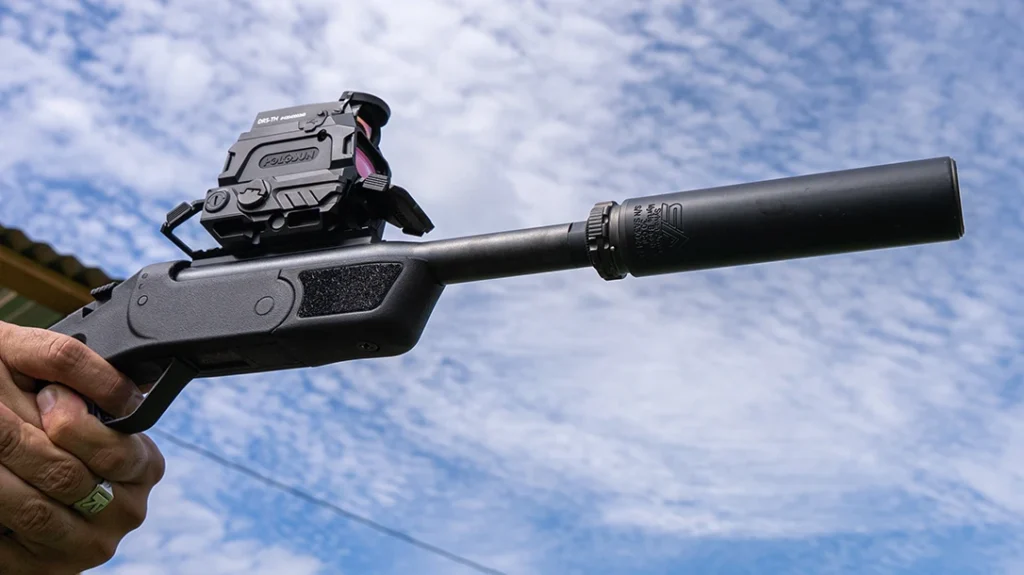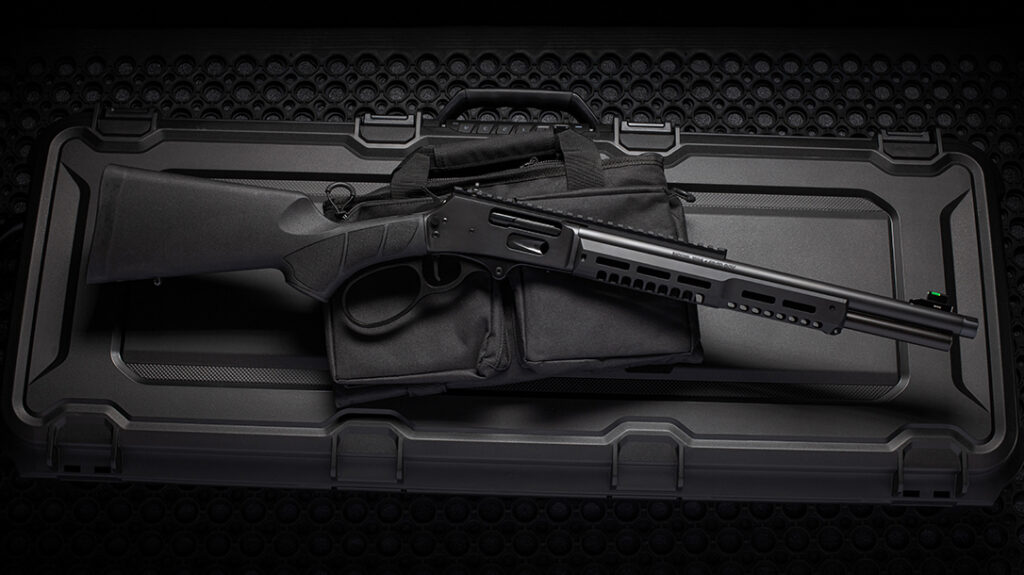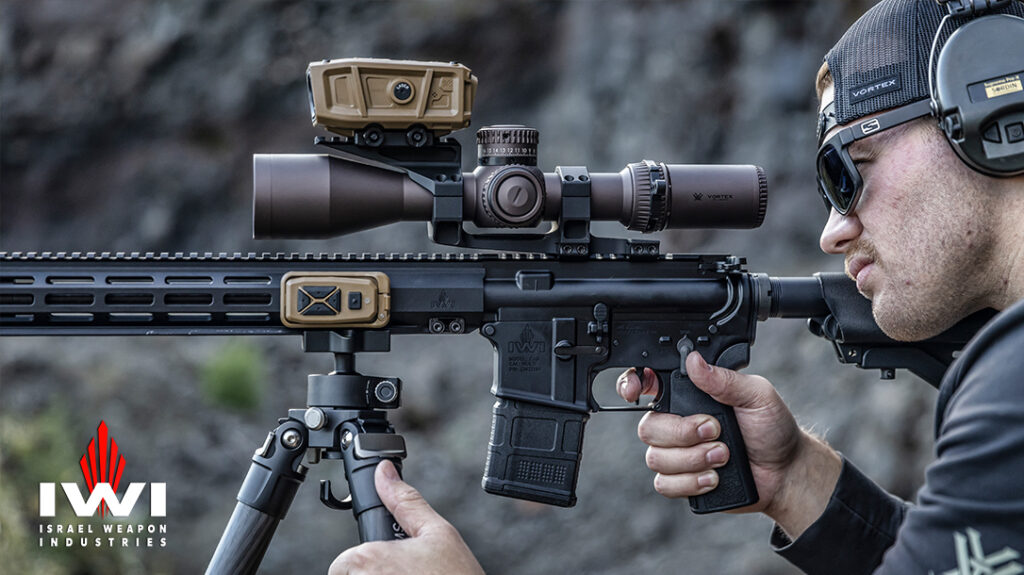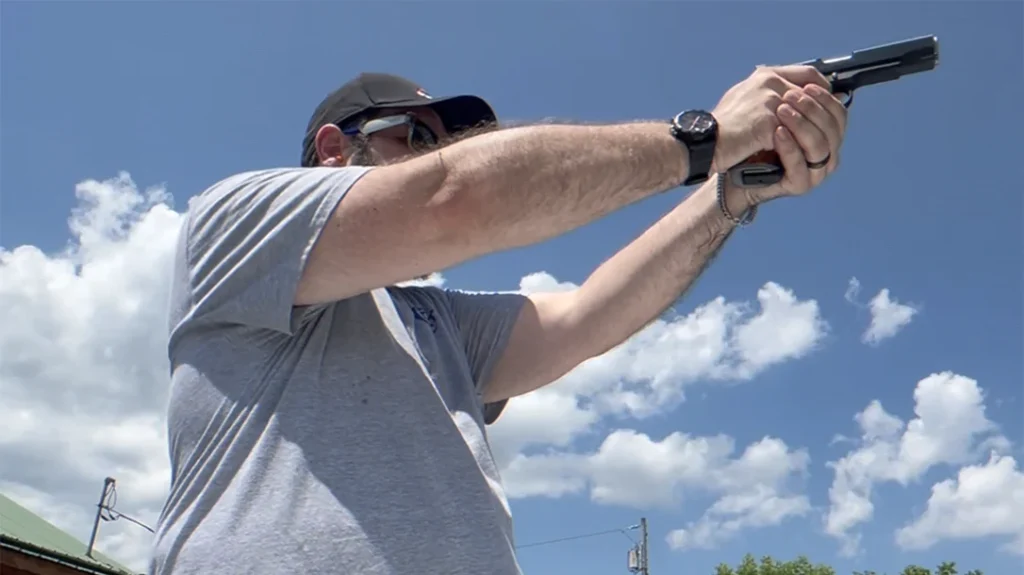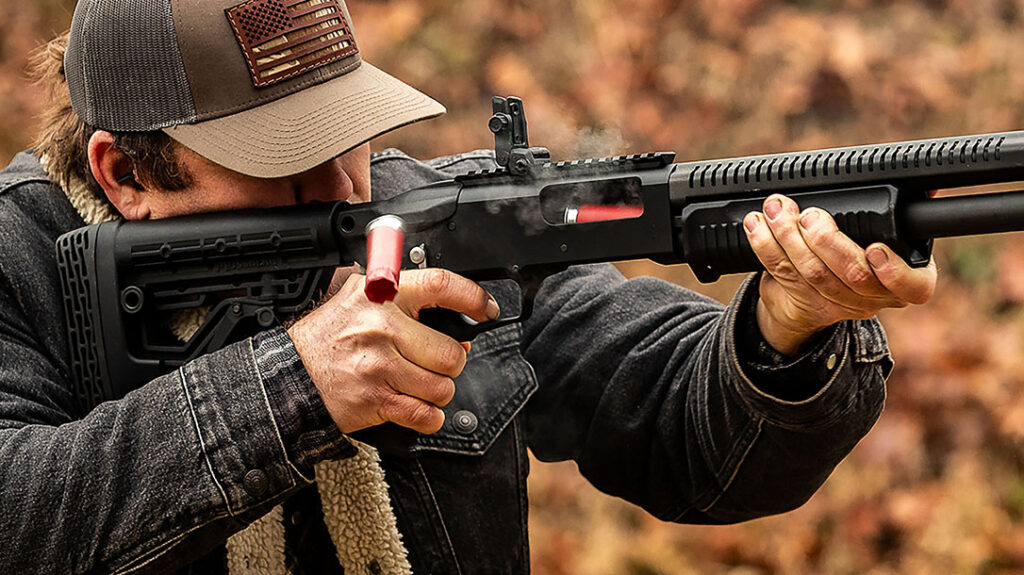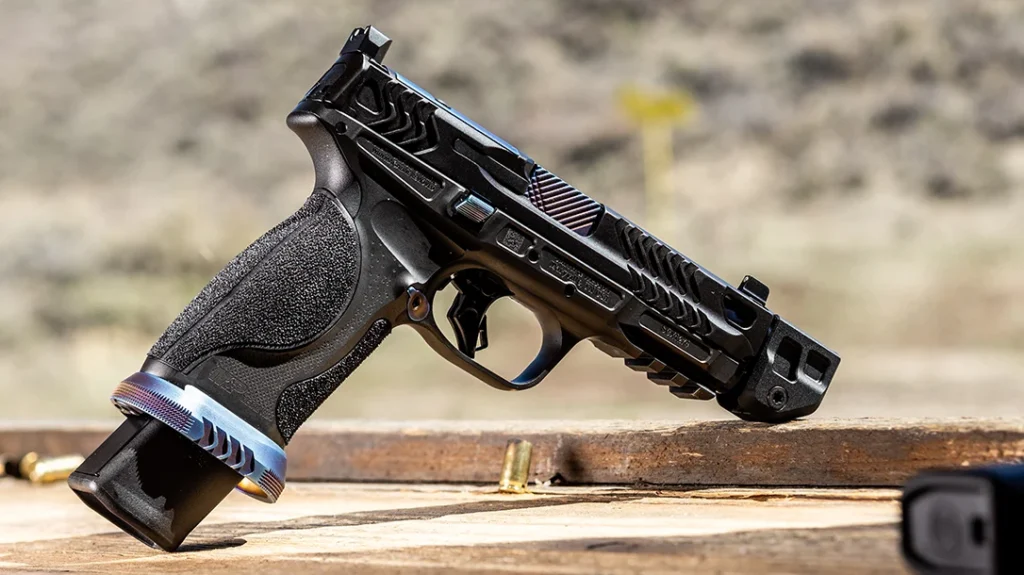If the US had an official rifle, what would it be? The 1903 Springfield, the Garand, or the Winchester Model 70? My pick would be the granddaddy of all rifles, the Hawken, complete with its half-stock, heavy barrel, and big bore. It is a departure from earlier rifles of the period, like the Pennsylvania and the Kentucky long rifle. How is the Hawken doing? This is the 200th anniversary of the Hawken, and it is doing just fine.
History of the Hawken Rifle – 200 Years
Born to Christian Hawken, a gunsmith in Hagerstown, Maryland, the Hawken brothers, Jacob and Samuel, along with several other brothers, were destined to be gunsmiths. After apprenticing under their father’s tutelage for many years, Jacob left his father’s shop to work at the Harpers Ferry Arsenal in 1808. In 1818, he moved to Missouri and soon began a partnership with an established gunsmith in St. Louis, MO, named James Lakenan.
Jacob’s younger brother, Samuel, stayed behind to work with his father’s shop and later moved to Xenia, Ohio, in 1816, where he set up his own gunsmith shop. Samuel had several cousins, also gunsmiths, in nearby Springfield, Ohio.
Advertisement — Continue Reading Below
After the death of Christian in 1821 and his wife in 1822, Samuel pulled up stakes and relocated to Missouri, setting up shop in St. Louis.
It wasn’t until Jacob’s business partner passed away in 1825 that Jacob and Samuel opened a shop together and began the era of what has become one of the most iconic rifles of all time: the Hawken rifle.

Advertisement — Continue Reading Below
The Hawken Rifle
While credited with the development of the Hawken rifle, the brothers were businessmen who did what was necessary to keep their business afloat. They repaired guns and supplied brass and iron axes, tomahawks, and other iron accouterments for the newly discovered fur trade, which was needed on the frontier. They also sold required items to the mountain men. In fact, their business ledger records sundries as a major item in the Hawken shop sold up until 1848. Afterward, the sundries category no longer appeared in their books, which suggests rifle building took up more resources and the brothers’ focus was more on building rifles. Records show that the brothers built between 120 and 200 rifles per year.

In 1822/1823, prior to the official partnership of Jacob and Samuel, the two brothers built a rifle for General William Ashley to help defend the keelboats running up the Missouri River to establish trading posts. In an 1882 interview with a local newspaper, Sam Hawken claimed, “We supplied the gun to Ashley.” This rifle was a flintlock, although percussion caps had been patented around 1815. Their debut in Philadelphia was in 1825. The “we” speculated the brothers collaborated on building this rifle and, according to famed Hawken historian Bob Woodfill, would have been serial number #1. The first rifle the brothers built. Samuel called it a “super rifle” as it fired a one-ounce ball from a barrel three and a half feet long.
Advertisement — Continue Reading Below
Two Brothers
The rifle the brothers made famous was a little less stout. It had to be carried not by boat but instead on horseback or by the trapper. It had to be sturdy, dependable, and capable of stopping a grizzly charge. For this reason, the caliber was typically between .50 and .58. However, several examples of larger calibers are known to exist. The average Hawken rifle weighed in at 10 ½ pounds. It utilized a percussion lock, which was usually imported from England. The furniture, patch box, thimble, and lock plate were made of either iron or brass and stocked in maple or walnut.

The Kentucky rifle was a bit too long and fragile to withstand the life of a fur trapper. The barrel on the Hawken was shorter but heavier to withstand the heavy loads of 120 grains of FF powder. Most of the surviving Hawken rifle examples are half-stocked, while a few full-stock specimens have surfaced. What hasn’t surfaced is a St. Louis-built flintlock. While Ashley’s rifle is fairly well-documented, it has never shown up in the collector’s circle, nor has an example of a flintlock St. Louis Hawken. However, it would certainly stand to reason that if a customer had wanted one, the brothers would have made it. After 200 years, none have surfaced.
Advertisement — Continue Reading Below

The Truth About The Hawken
The average mountain man did not carry a Hawken. Even Jim Bridger and Kit Carson did not own a Hawken until much later in their lives. The Hawken was a high-quality rifle that demanded top dollar. Most of the beaver trappers of the late 1820s carried Northwest Trade rifles.
The reasoning? The Hawken was expensive, about $25, which is equivalent to $870 by today’s standards. The trade rifle, although of lesser quality, sold for $12 to $15, or approximately $400 today. While there is no doubt that the Hawken rifle was the prestige rifle of the Westward Expansion, by the 1830s, the trapper/mountain man was in decline.
Advertisement — Continue Reading Below
The fur trade was upset by a worm, the silkworm. Hats and clothing were made of silk produced by the silkworm. Fashion and the demand for beavers, along with a decline in the beaver population, headed in a different direction. Many mountain men took up new jobs and careers. Bridger and Carson became scouts for the Army and wilderness guides for those heading West.

The Hawken Revisited
The last Hawken brothers rifle was built in 1849. After Jacob’s death, Samuel continued to build rifles in the same style until his retirement in 1855. The shop went through several owners, and finally, everything was put into storage in the early 1900s. In the 1960s, an antique/gun dealer from St. Louis bought the estate, and a small Hawken revival took place among collectors. In 1972, the movie Jeremiah Johnson was released. The main character, played by Robert Redford, carried a Hawken rifle, and this pumped renewed interest nationwide back into the Hawken, a traditional muzzleloader for collectors and hunters and the rendezvous.
Advertisement — Continue Reading Below

The Hawken in the 21st Century
Reproduction Hawken rifles can be found by modern makers like Traditions Firearms and even in kit form so you can finish your very own Hawken. While not precisely accurate, they do offer a very good representation of the rifle.

Advertisement — Continue Reading Below
In 2023, the Hawken was adopted as the official gun of Missouri. To commemorate this, Bob Browner of St. Louis, MO, a well-known student of the Hawken and rifle builder, crafted a re-creation of a Hawken rifle true to the dimensions and feel of a Hawken. In the Hawken rifle circles, it is a safe bet to say no man in modern times has handled as many authentic Hawken rifles as Browner. Equipped with this lifetime of knowledge, Browner constructed a true representation of a Hawken rifle. This rifle is on display at the state capitol in Jefferson City.

In today’s climate, nearly everything is disposable, and firearms are no different. Designs come and go, but the Hawken rifle is still going strong. Here’s to another 200 years.
Advertisement — Continue Reading Below
